MQ-9B SeaGuardian®: Redefining Maritime Domain Operations
The MQ-9B SeaGuardian® unmanned aircraft system (UAS) is tailor-made to support the U.S. Navy, Marine Corps, and their allies and partners around the world against peer or near-peer forces.
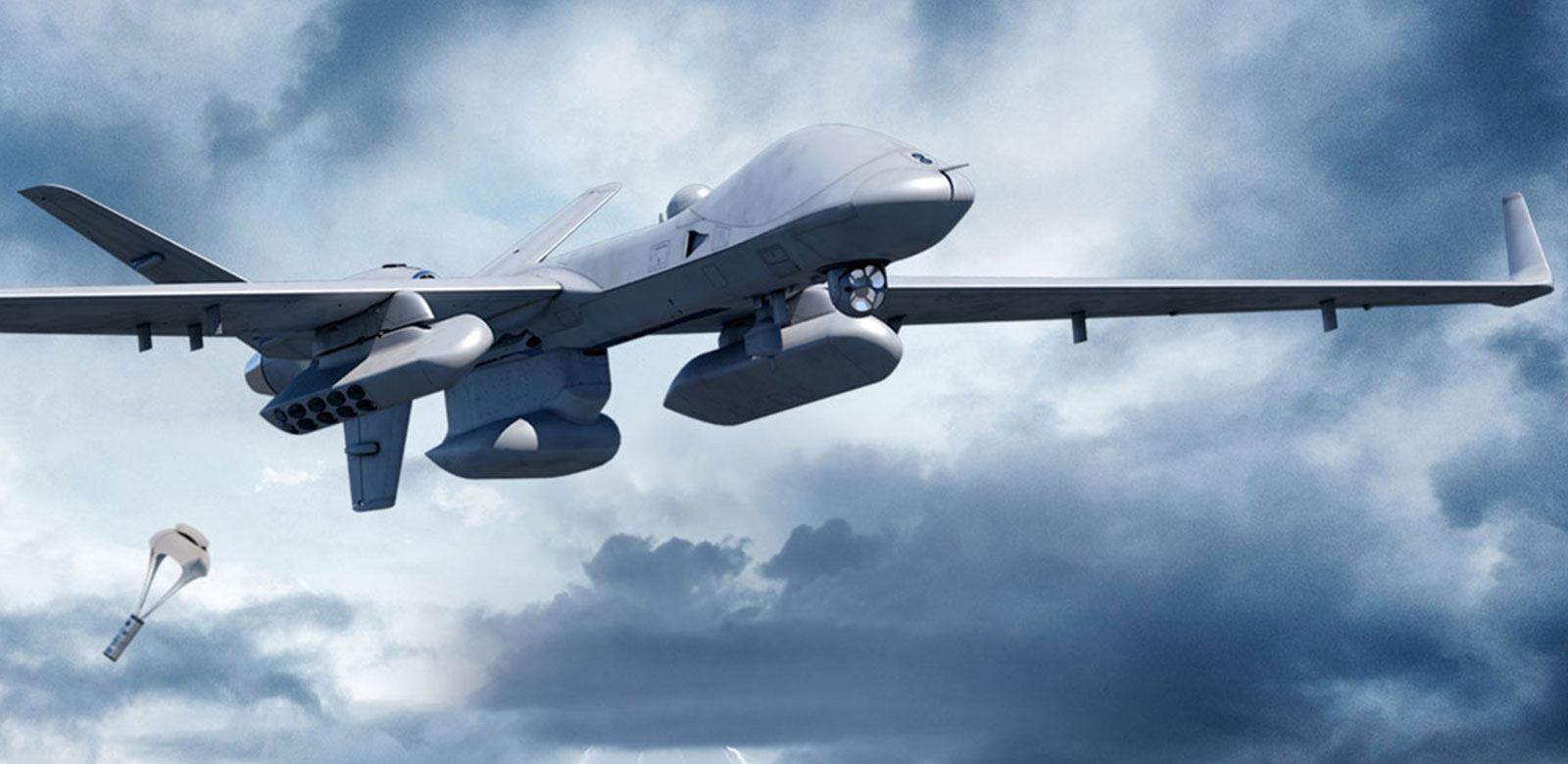
MQ-9B SeaGuardian® is the maritime-focused sibling of the revolutionary SkyGuardian® remotely piloted aircraft system (RPAS) that has been missionized using “bolt-on/bolt-off” maritime sensors. SeaGuardian is designed to fly over the horizon via satellite for over 30 hours (depending on configuration) in all types of weather and safely integrate into civil airspace, enabling joint forces and civil authorities to deliver real-time situational awareness anywhere in the maritime domain—day or night. This highly versatile maritime patrol and reconnaissance aircraft can seamlessly integrate a centerline wide-area maritime radar, an automatic identification system, electronic support measures, and a self-contained anti-submarine warfare (ASW) mission kit. SeaGuardian not only integrates the most advanced maritime intelligence, surveillance, and reconnaissance (ISR) capabilities, but it is also the first RPAS in its class to enable real-time search and patrol above and below the ocean’s surface.
SeaGuardian can be configured to conduct a number of maritime ISR operations, including but not limited to:
Leveraging MQ-9B’s open architecture system, SeaGuardian operators have the option to integrate our ground-breaking sonobuoy management and control system (SMCS) and sonobuoy dispenser system (SDS). Together, these systems allow SeaGuardian operators to deploy, monitor and control sonobuoys from a single RPAS. Also, SeaGuardian has four wing stations available to carry up to 4 SDS pods, enabling it to hold and dispense up to 40 ‘A’ size or 80 ‘G’ size sonobuoys and remotely perform ASW anywhere in the world. In its standard maritime ISR and ASW configuration, SeaGuardian’s range encompasses a mission radius of 1200 nautical miles with significant on-station time for submarine prosecution, providing a low-cost, stand-alone capability or a complement to human-crewed aircraft for manned-unmanned teaming operations.
As an MQ-9B RPAS, SeaGuardian is designed from the ground up to not only meet NATO standards (STANAG 4671) but also to comply with civil airspace requirements in the U.S. and around the world. Using GA-ASI's first-of-its-kind Detect and Avoid System and Certifiable Ground Control Station, SeaGuardian seamlessly integrates with normal air traffic just like other commercial aircraft. SeaGuardian’s remote flight station gives operators a similar, if not better, air traffic picture than the cockpit of human-crewed aircraft. Over the years, GA-ASI has been working very closely with the U.S. Federal Aviation Administration and the UK Civil Aviation Authority to approve MQ-9B for flight in civil airspace.

The MQ-9B SeaGuardian® unmanned aircraft system (UAS) is tailor-made to support the U.S. Navy, Marine Corps, and their allies and partners around the world against peer or near-peer forces.
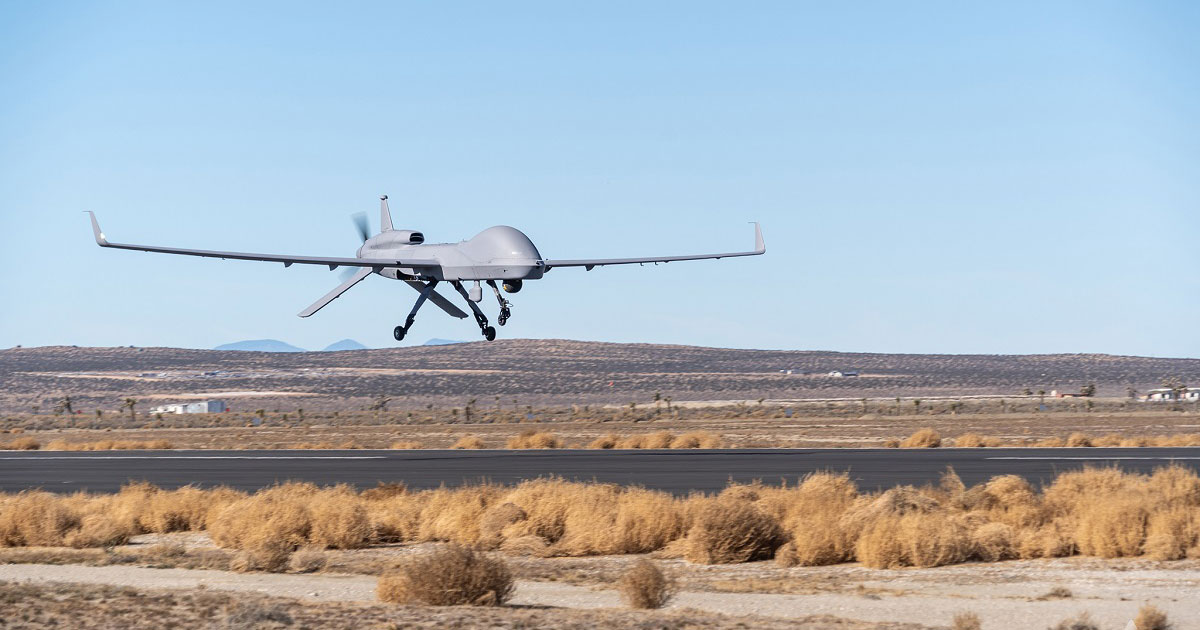
Gray Eagle is one of the few multi-echelon, multi-role systems in the Army, providing commanders with essential information, protection from attack, and exquisite intelligence in all phases...
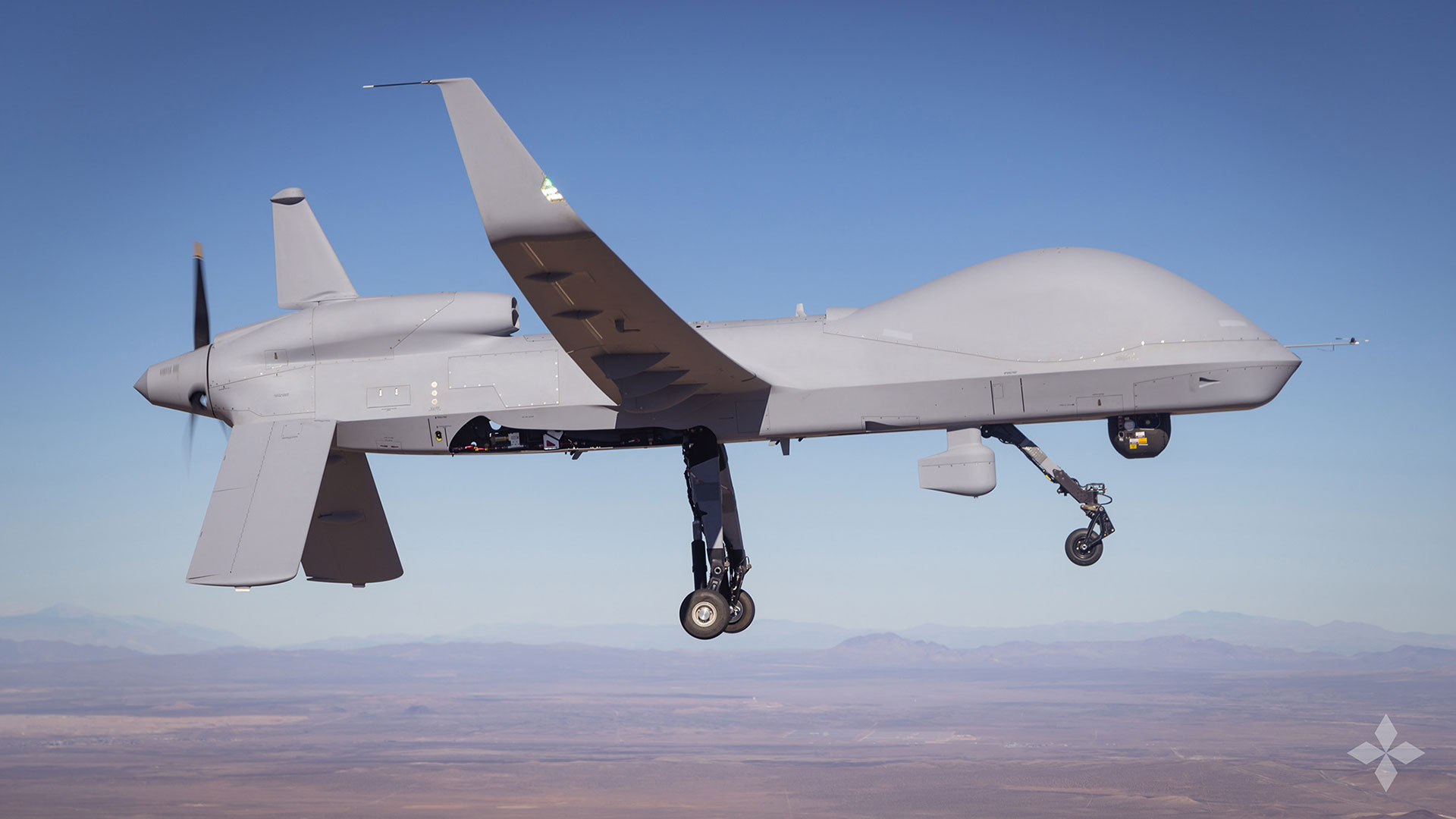
Today’s Gray Eagle 25M and Gray Eagle Short Takeoff and Landing variant, also known as Gray Eagle STOL, are the most capable aircraft in their class anywhere...
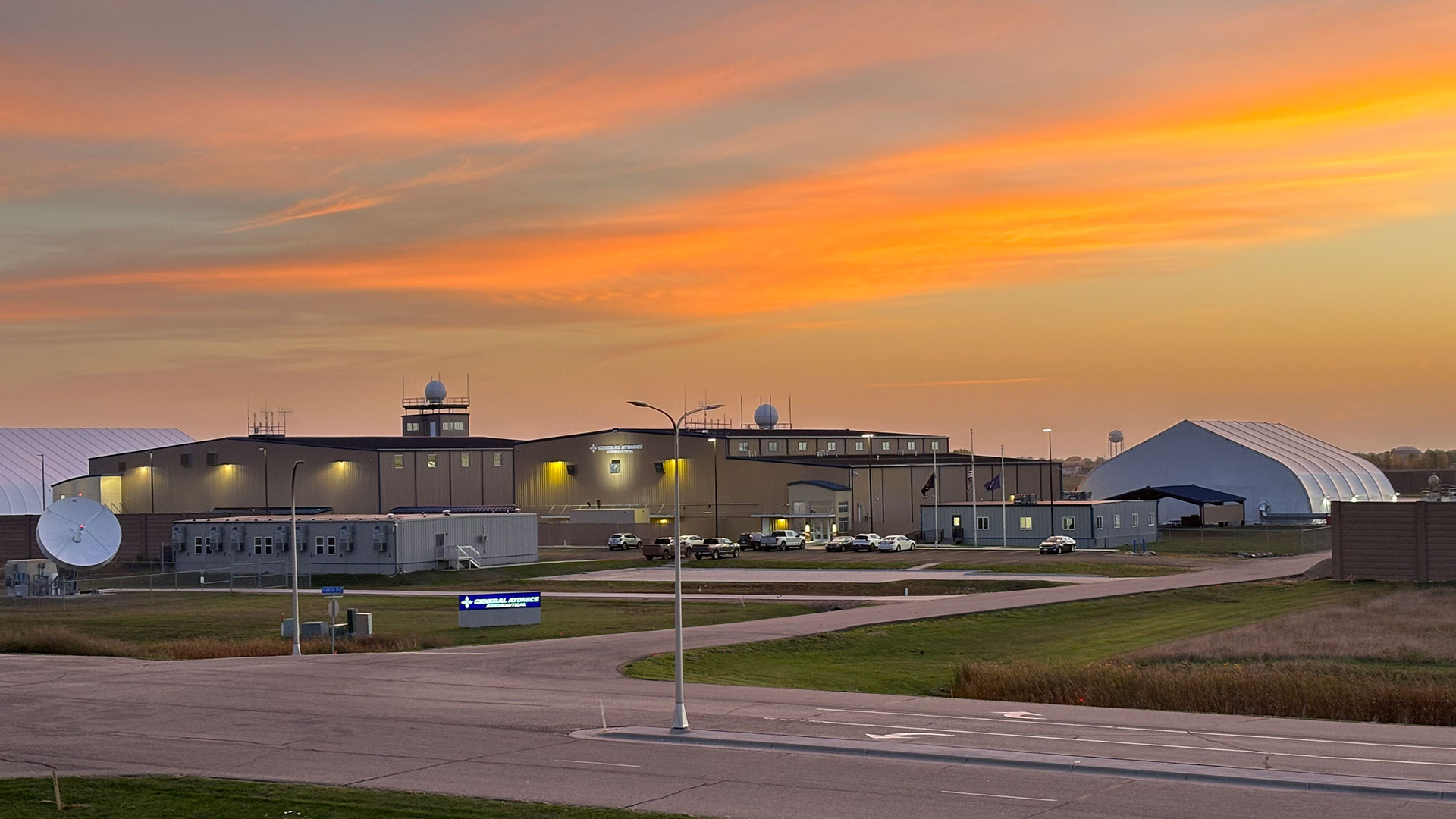
“The FTTC has evolved into a pivotal component of GA-ASI’s business, providing ready access to flight testing without major constraints, as well as providing state-of-the-art facilities for...

The short takeoff and landing unmanned aircraft demonstrator, built by General Atomics Aeronautical Systems, Inc., already has set new milestones in getting airborne or returning to the...
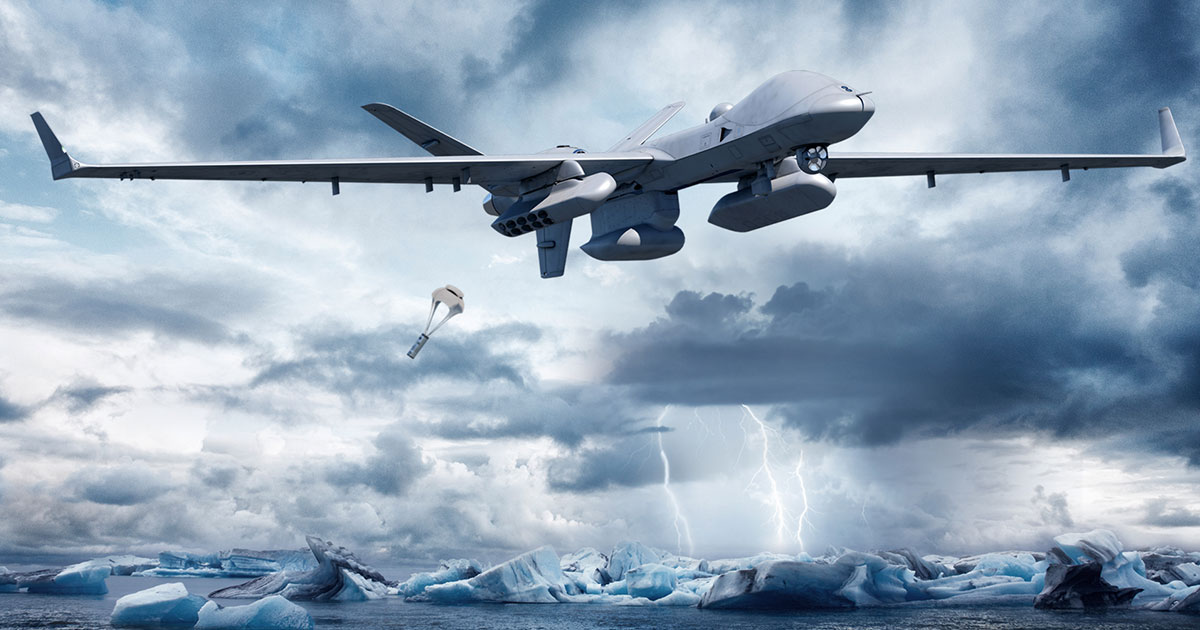
The peaceful nations of Northern Europe didn’t choose to rewrite their defense and security outlook for the coming decades. The decision was forced upon them by aggression...
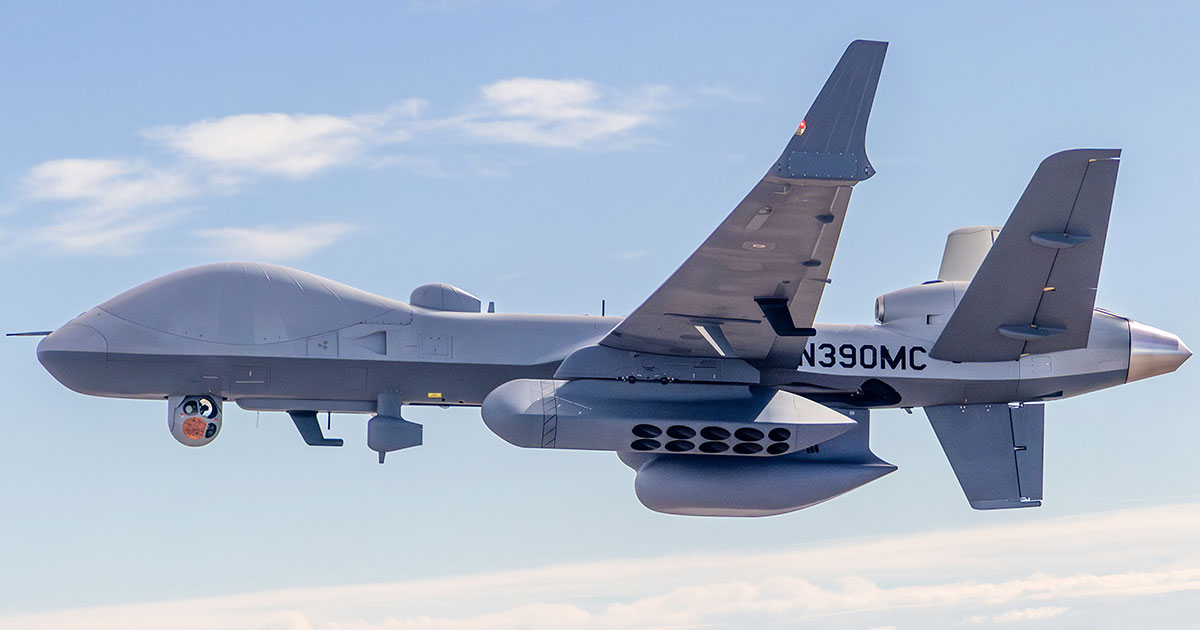
The MQ-9B SeaGuardian® unmanned aircraft system (UAS) is tailor-made to support the U.S. Navy, Marine Corps, and their allies and partners around the world against peer or near-peer forces.
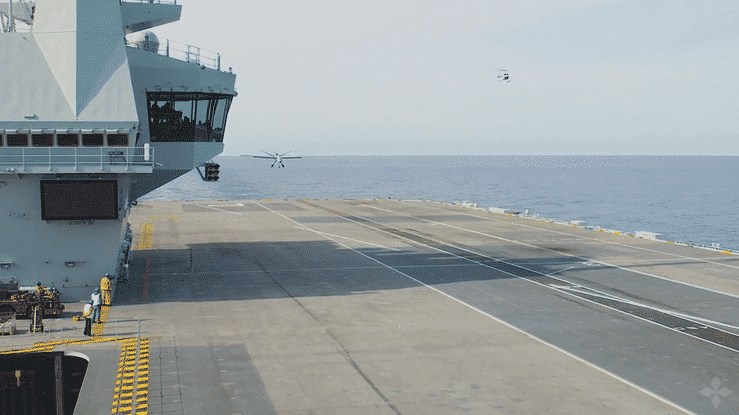
Making aviation history doesn’t happen overnight. Engineers and executives at General Atomics Aeronautical Systems, Inc., were confident the short takeoff and landing demonstrator Mojave would launch from...
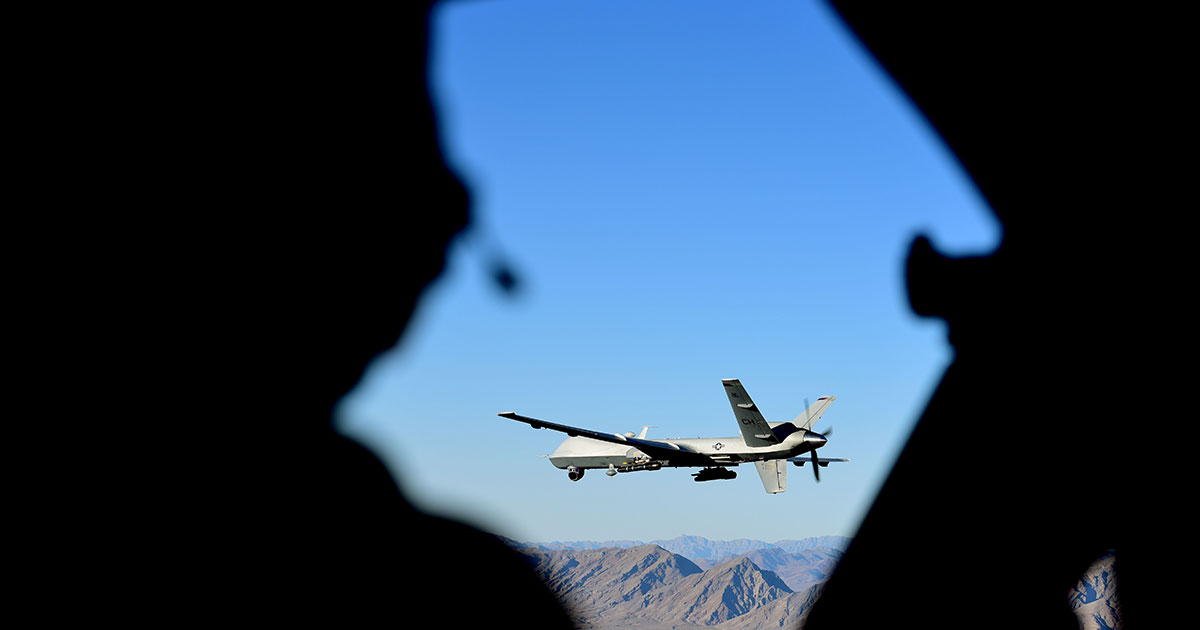
High-quality intelligence, surveillance and reconnaissance is essential for the United States and its allies – but gathering it can be dangerous work. In more than a dozen...
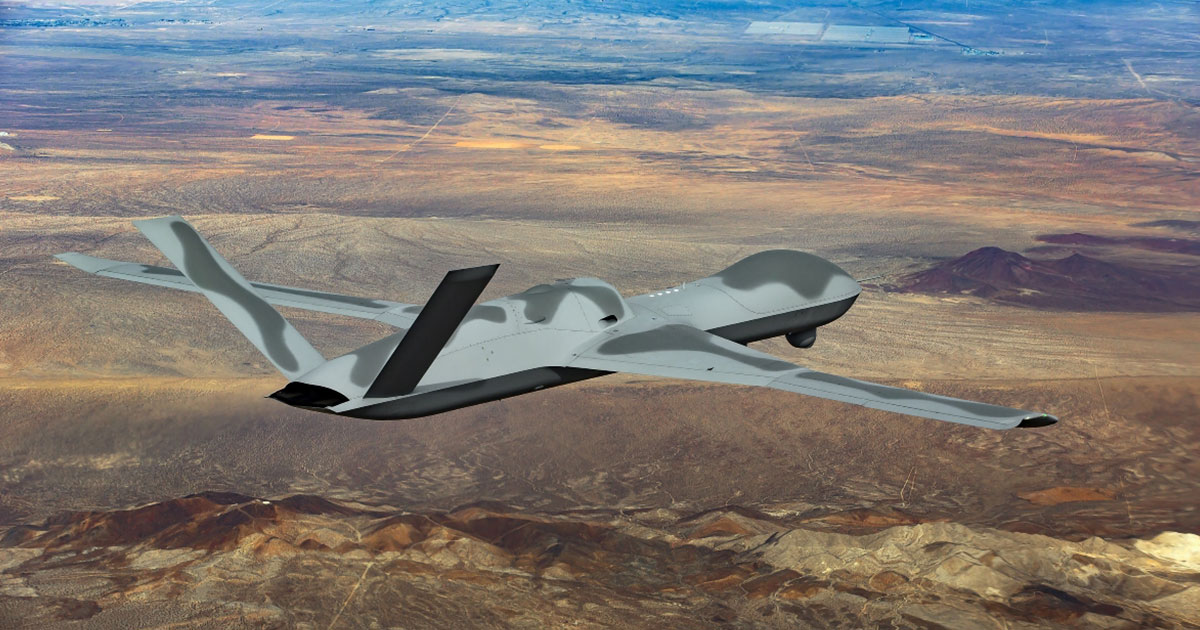
There’s been a lot of talk about building a new generation of autonomous systems to help the U.S. and its allies preserve their advantage in airpower. General...
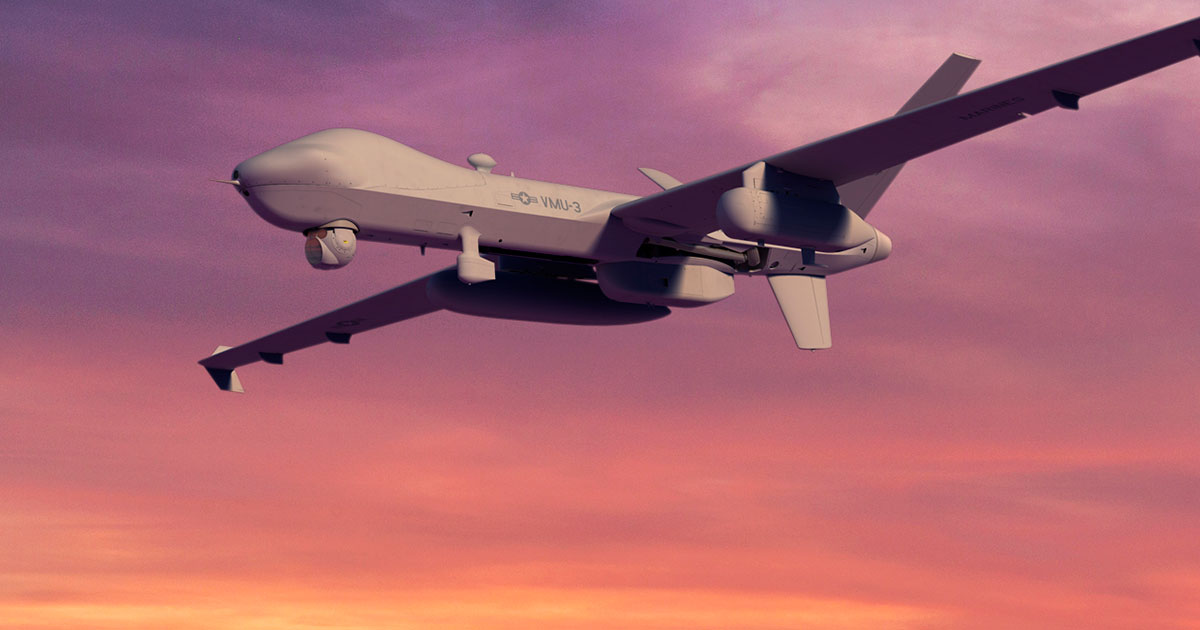
As it ushers in the coming era of Expeditionary Advanced Base Operations, the Marines are turning to sophisticated unmanned aircraft to outmaneuver these threats.
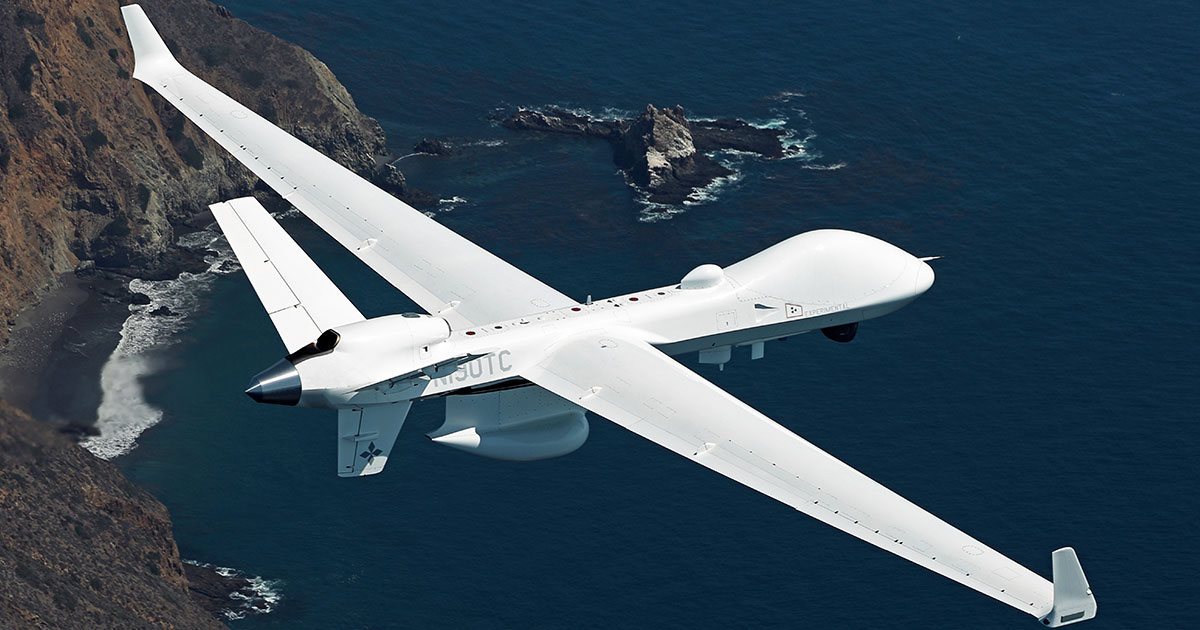
Unmanned aircraft have been revolutionizing intelligence, military, and so many other applications for years. Now their impact extends to the way navies operate at sea. Leading the...
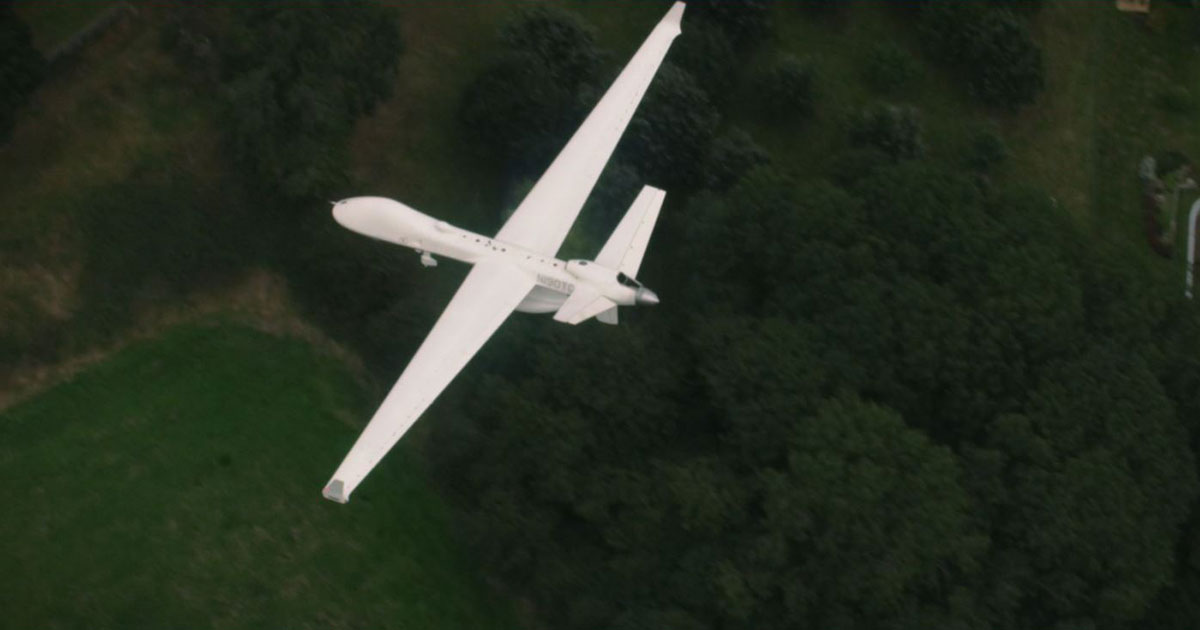
The vision of integrating unmanned aircraft systems, or UAS, into airspace alongside traditional manned aircraft is rapidly becoming a reality. UAS play a pivotal role in accomplishing...
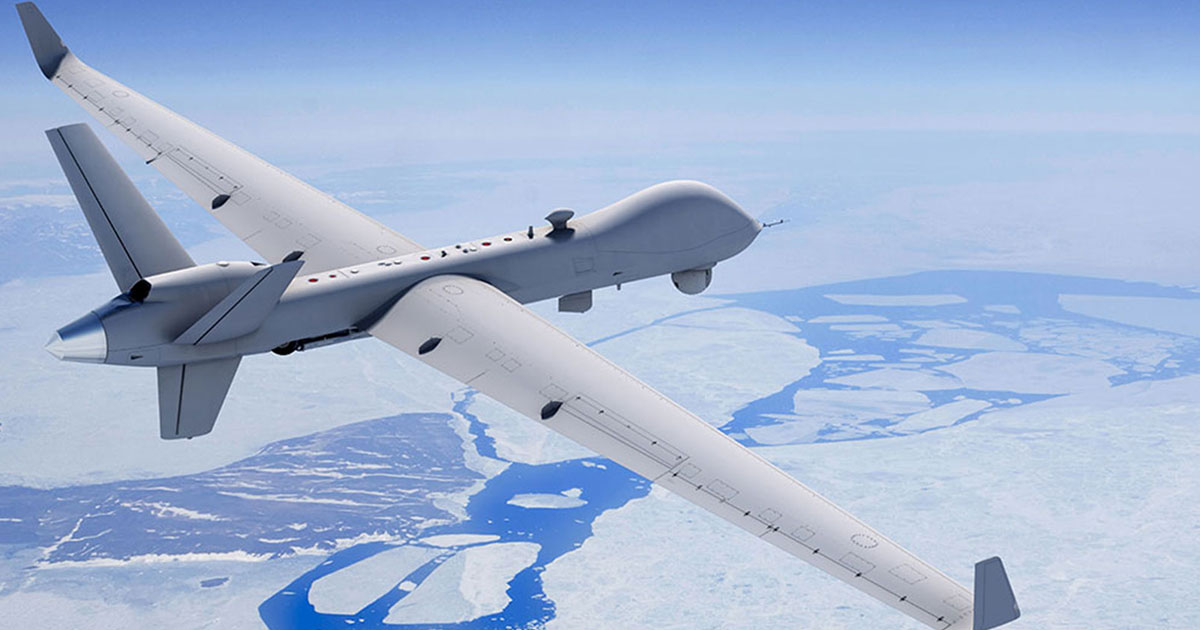
Environmental change and strategic competition are reshaping the Arctic. Traffic is increasing across newly accessible shipping lanes. Untapped natural resources are coming within reach. And tensions are...
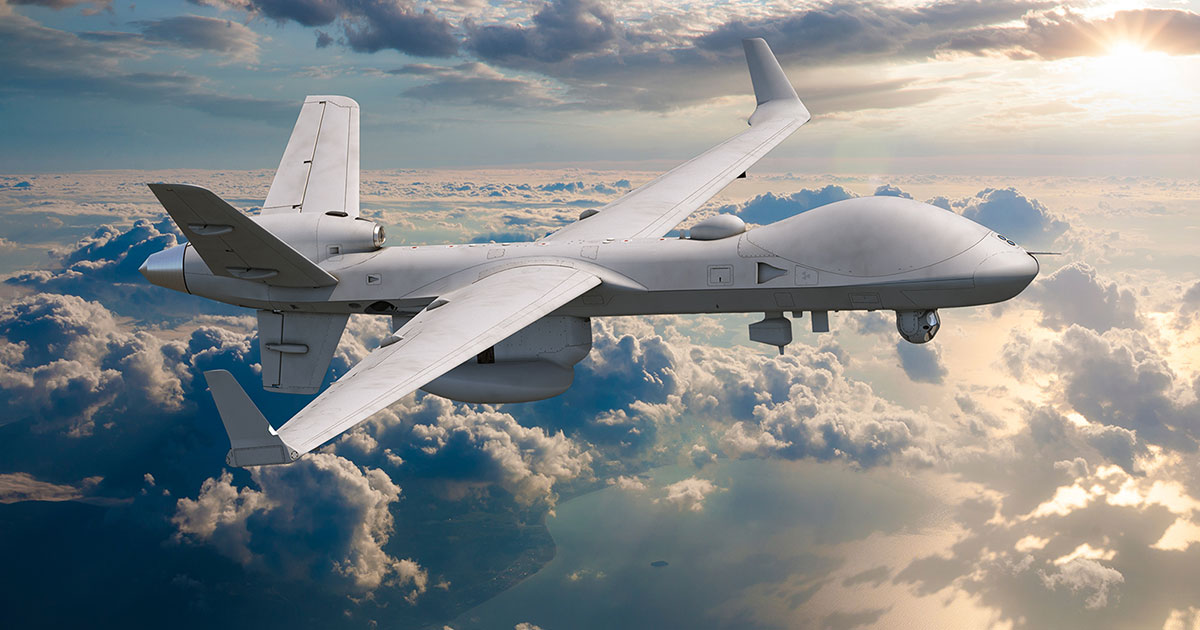
The coming decades will bring unprecedented challenges to American sea power. The U.S. Navy and its allies have never faced a range of threats quite like those...
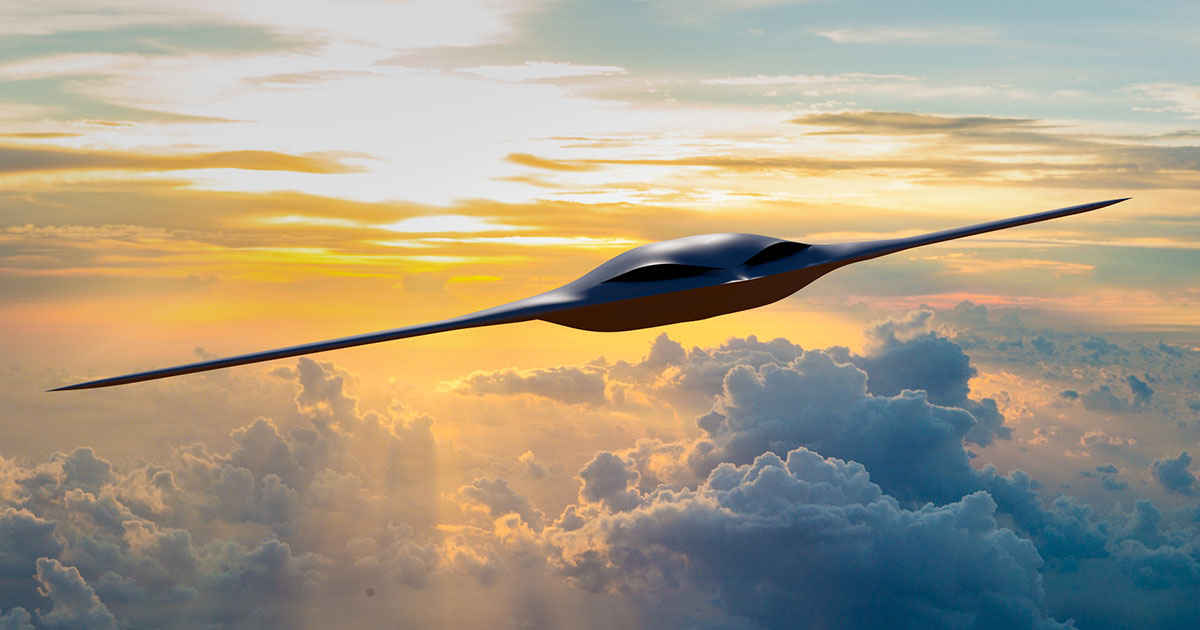
Air control is a cornerstone of American and allied military power – but it can’t be taken for granted. An array of high-tech new aircraft and threats...
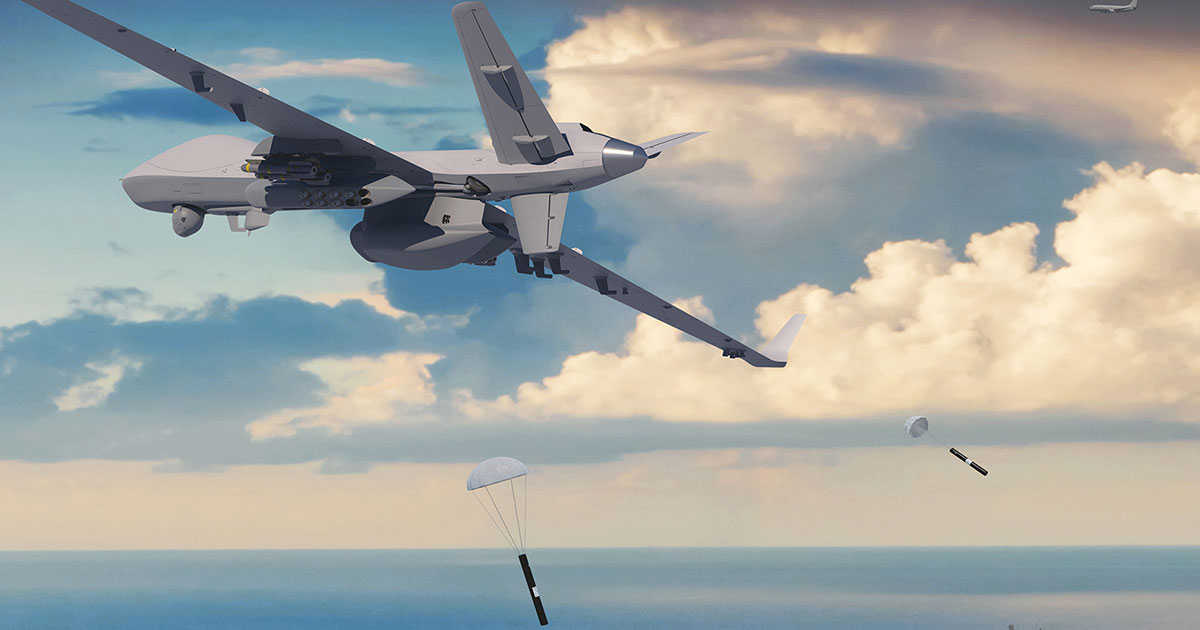
The number of American defense leaders gathering in Abu Dhabi for IDEX 2023 underscores the importance of the security relationship between the United States and the United...